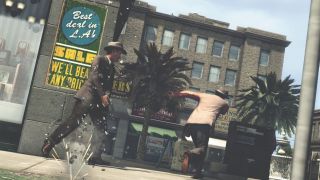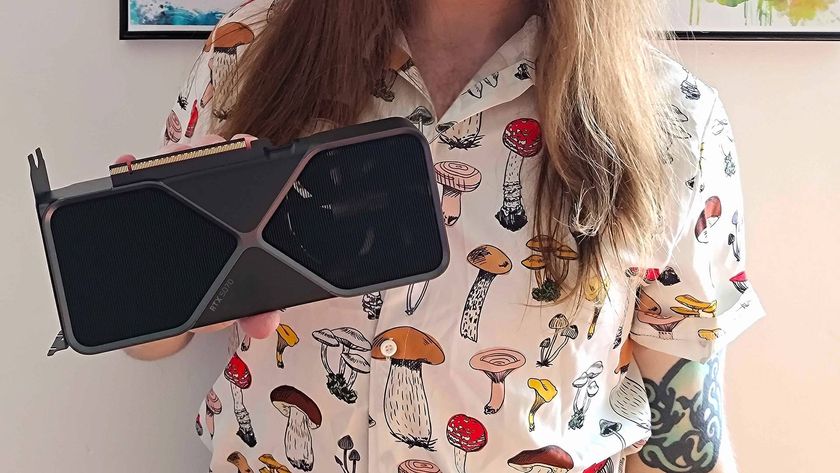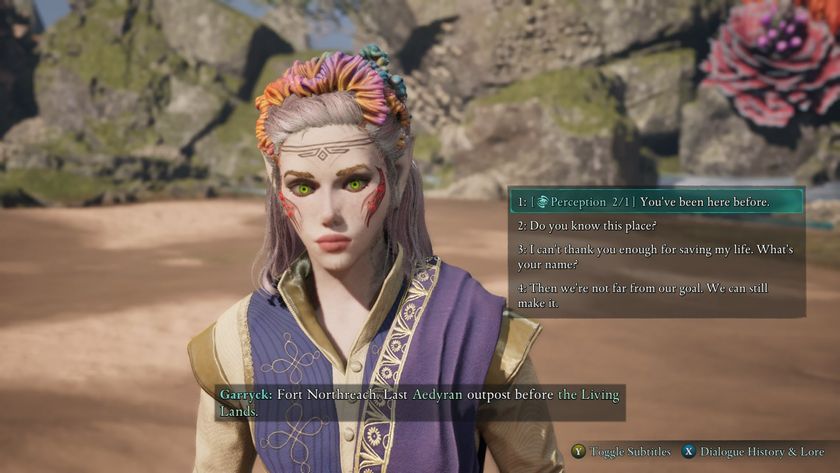Why I love L.A. Noire’s fictional influences - the books, films and TV that made Rockstars crime sim
How other media shaped one of gaming’s best period pieces
Crime adventure L.A. Noire is perhaps best remembered for its interrogation sequences, and the extreme ways the protagonist, Cole Phelps, can fly off the handle when you press the ‘doubt’ button during an interview. These muddled questioning sequences aside, though, L.A. Noire deserves to be hailed as one of gaming’s great period pieces. As it lands on Xbox One, we’ve got the chance to recall why that is, six-and-a-half years after release.
Whereas Rockstar’s GTA is set in a stylised, hyperreal version of America, L.A. Noire is sober crime fiction set in the real world. You can’t interact with its open-world version of L.A. like you can with Los Santos: it’s much more of a living film set. Its recreation of the city is absurdly detailed, from the era-specific fashion to the lovingly crafted cars. Just as important to creating the game’s atmosphere, though, was drawing upon the significant works of noir fiction that preceded it.

Rockstar cited crime authors Dashiell Hammett, Raymond Chandler and James Ellroy as literary influences on L.A. Noire in a 2011 interview with EW. Ellroy in particular stands out to me. In his book The Black Dahlia, Ellroy uses the notoriously horrific real-life murder of Elizabeth Short as the foundation for a larger mystery, one that digs into the horrors beneath the glamour of L.A. during this period. The game also connects that case to its own narrative. Short’s killing was among a string of horrendous, unsolved murders during the late ‘40s, including Jeanne French and Evelyn Winters, both of whom loosely inspire two other cases in L.A. Noire. This is your backdrop in the game: a period of escalating and cruel violence, as well as rising drug trade, in a city that’s rapidly expanding around the use of the automobile.
Like in Ellroy’s book, a fictional explanation is offered for Short’s murder, though L.A. Noire has a very different execution and reveal. It’s presented as a tense breadcrumb trail around the city, as Phelps seeks out clues leading him to the killer, including Short’s social security card. Is it okay to use a real-life murder in this fashion, as a plot device in a detective game? That’s ultimately up to the player, but it nonetheless lends L.A. Noire a disturbing weight.

When it comes to cinema, writer and director Brendan McNamara has cited classic noir movies like The Third Man and The Naked City as influences. Roman Polanski’s neo-noir Chinatown is another major touchstone, particularly in the game’s depiction of corruption across different layers of the city’s infrastructure, but also in the soundtrack, which echoes Jerry Goldsmith’s mournful score in places.
Returning to Ellroy, Curtis Hanson’s outstanding 1997 adaptation of the novel L.A. Confidential is probably what most people recall when playing L.A. Noire for the first time. The slightly dulled colour palette is something the two noticeably share, as well as a similar musical lineage. Even the homicide department’s cantankerous Irish captain, James Donnelly, evokes Ellroy’s Dudley Smith creation, played in L.A. Confidential by James Cromwell.

“Ellroy creates complex, human, deeply flawed characters that you come to love,” McNamara said in 2011. This is one element of Ellroy’s work that L.A. Noire doesn’t quite replicate: Cole Phelps is a character you rarely feel like you know or can sympathise with, and it’s among the game’s weaknesses. Ellroy finds a better balance of morally askew but likeable protagonists.
Sign up to the 12DOVE Newsletter
Weekly digests, tales from the communities you love, and more
Finally, there are some strong imprints of television in L.A. Noire, partly in the procedural nature of the game’s cases, but also in the casting. Team Bondi and Rockstar teamed up with Mad Men casting director Laura Schiff to find its ensemble. Rockstar’s Dan Houser reportedly suggested Mad Men supporting player Aaron Staton for the role of Cole Phelps, and this got the ball rolling on hiring many other actors from the ‘60s-set advertising/ existential crisis drama.

The game feels like a TV show, then, because they literally use TV show actors. The MotionScan technology captured their facial movements perfectly, and while this produces silly moments of cartoonish lie-telling during interrogations, it also lends L.A. Noire a credibility you couldn’t emulate with unknowns.
L.A. Noire is collectively enriched by what it borrows from other media. It’s fair to say that Team Bondi’s game only reaches the heights of its influences in a visual sense – the characters and larger story never quite engage in the same way, but then they are up against some of the most acclaimed cinema of all time, as well as genre-defining crime fiction. It’s more than enough to be able to step into a world of this detail and live in it for a while.
This article originally appeared in Xbox: The Official Magazine. For more great Xbox coverage, you can subscribe here.
Samuel is now a PR Manager at Frontier Development, but was once a staffer at Future PLC. He was last the Entertainment Editor at TechRadar, but before that he was the UK Editor at PC Gamer. He has also written for GamesRadar in his time. He is also the co-host of the Backpage podcast.

"We got heel Cena before GTA 6": Even John Cena himself is comparing the 20-year wait for his WWE heel turn to the 12-year wait for the next Grand Theft Auto

GTA developer Rockstar opens new Australian branch by acquiring the studio that's been working on its ports for "this past decade"











